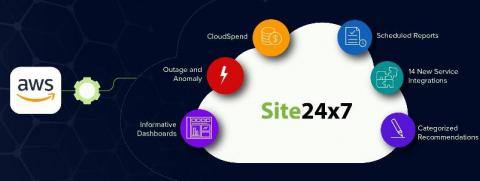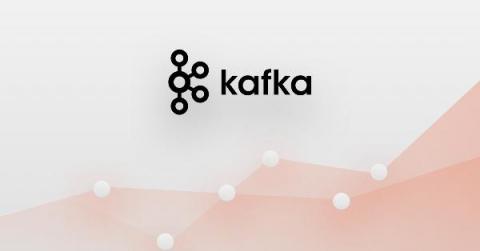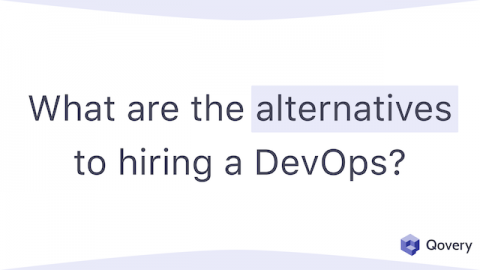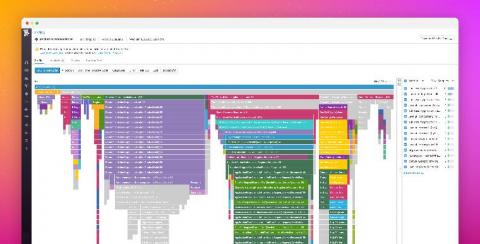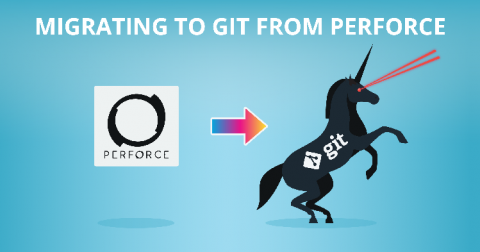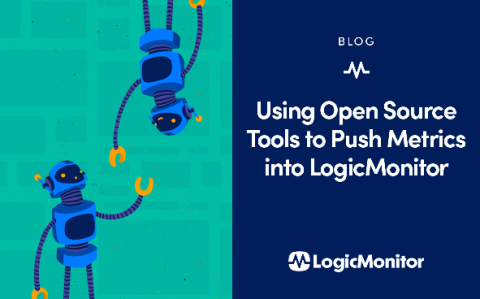AWS: How did we monitor the cloud in 2019?
We had a busy 2019 with a substantial number of Amazon Web Service (AWS) integrations into Site24x7, each providing a seamless monitoring experience for our customers. The increasing number of paid AWS monitors is proof that we enhanced the monitoring expectations in 2019. In case you missed any updates about the AWS monitoring platform, here's a year-end review.


